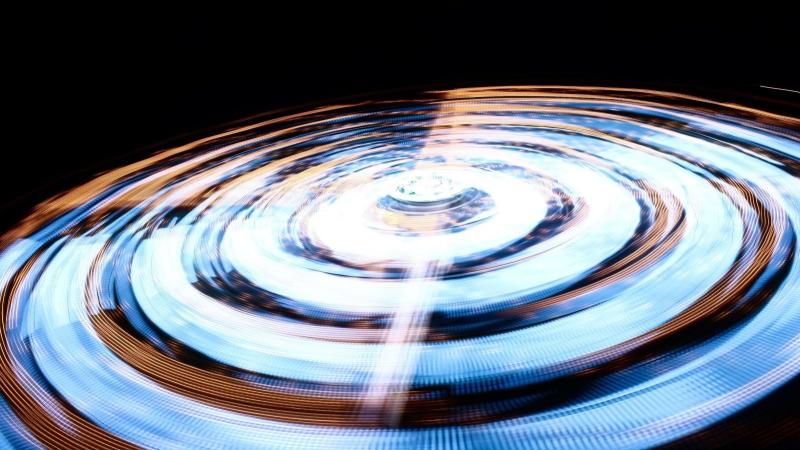
IIT Bombay and TIFR researchers demonstrate a method to turn heat into usable spin current.
Much of modern life is unimaginable without electronic devices like the computer or the mobile phone you are reading this article on, the television in your living room, the microwave oven in your kitchen or many others! But soon, electronic devices may be superseded by a new generation of spintronic devices that make use of a quantum mechanical property of electrons called spin. In a new study, researchers at the Indian Institute of Technology Bombay (IIT Bombay) and the Tata Institute of Fundamental Research (TIFR) have demonstrated that heat energy can be converted into 'spin current'. Their work was featured on the front page of the journal Applied Physics Letters.
The spin property of electrons was first discovered in the 1920s by German scientists, Otto Stern and Walther Gerlach. They found that when an external magnetic field is applied, the electron exhibits behaviour as if it is rotating about an axis. But unlike the rotation of a spinning top, the spin of an electron is an intrinsic property of the electron that is unlikely to have been caused by any actual physical rotation. The electrons are said to be “spin-up” for counter-clockwise and “spin-down” for clockwise rotation.
In the present study, the researchers have provided experimental evidence to the 'spin Nernst effect', named after Nobel laureate Walther Nernst. The 'spin Nernst effect' is a theoretical prediction that when there is a temperature difference between two ends of a non-magnetic substance, electrons having different spins separate in a direction perpendicular to the direction of the heat flow.
“The semiconductor chips that we use in electronic devices such as computers, mobile phone etc., are based on the motion of electrons when an electric field is applied to it. These devices rely only on the charge and mass of the electron, and the spin is completely ignored. In spintronics (spin+electronics) the spin of an electron is also exploited to make devices with more functionalities and reduced power consumption,” says Prof. Tulapurkar of IIT Bombay and an author of the study featured in the cover of the journal Applied Physics Letters.
The experiment, carried out by the researchers using the nano-fabrication facilities at IIT-B, involved heating platinum and measuring the separation of spin-up and spin-down electrons. They used a platinum crossbar with top and bottom surfaces coated with a magnetic metal to detect spin. When the platinum bar was heated at the center, the heat flow within the platinum caused the spin-up and spin-down electrons to separate and move in opposite directions. The movement of electrons was then measured as a difference in voltage between the top and bottom terminals.
“It was believed that spin current can be created only in ferromagnets by applying heat or electric current. We have made one of the pioneering observations that heat can generate spin current even in non-magnets. Our work is important for various applications, and at the same time, it is very appealing from a fundamental physics point of view”, says Dr Arnab Bose, PhD student at IIT Bombay and lead author of the paper, explaining the significance of this research.
The researchers believe that the findings may open up a whole new world of applications involving storing digital data in compact, energy efficient devices. The basic idea is that spin-up and spin-down states can be used to encode information. “The wiring of a memory cell involves changing the magnetization direction from up to down or vice versa. This task can be performed efficiently by using spin current. Now spin current can be generated from the waste heat (dissipated by electronic devices) by using the spin-Nernst effect. Thus spin-Nernst effect could find potential applications to writing magnetic memories.”, concludes Prof. Tulapurkar.





